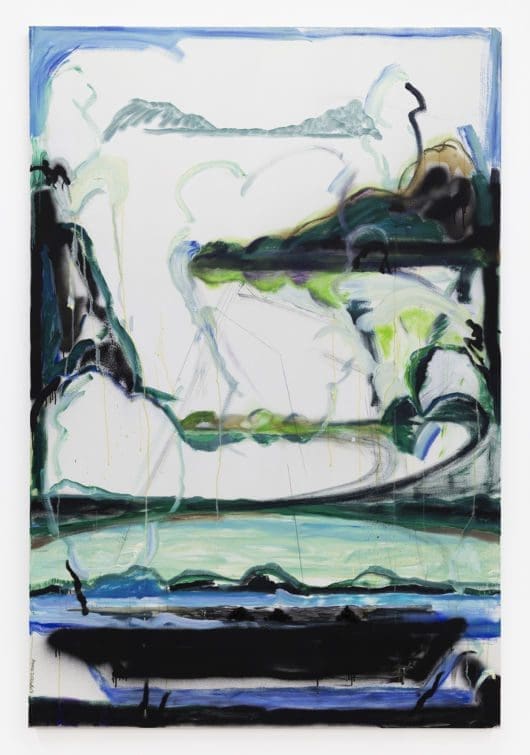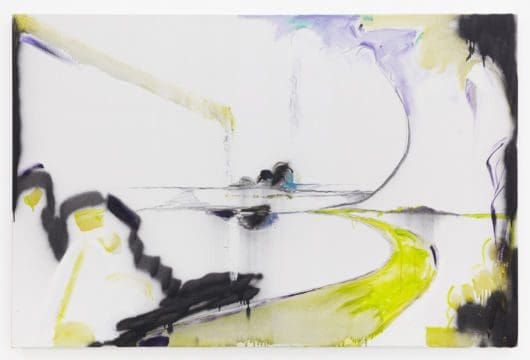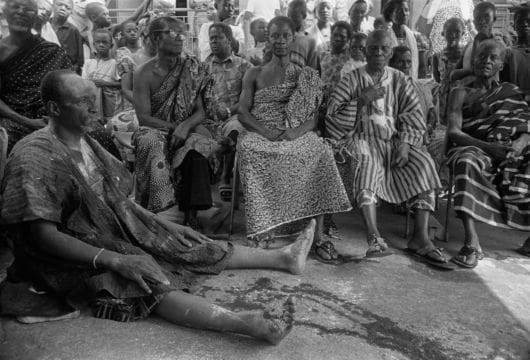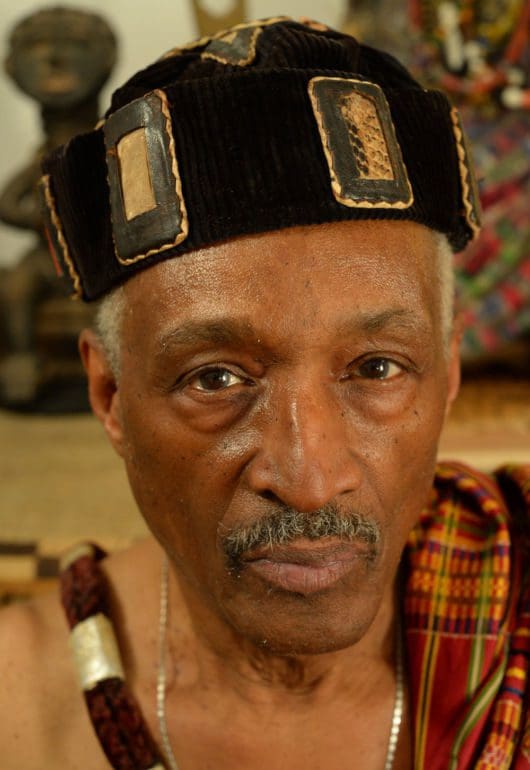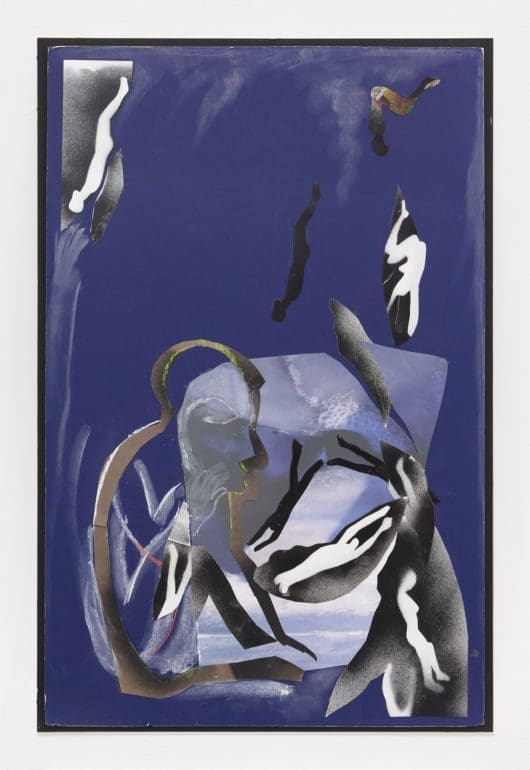George Nelson Preston (b. 1938, New York, NY) is an artist whose mixed-media, abstracted paintings are anchored by his profound scholarship in African art, years in Lower Manhattan’s avant-garde art scene, and extensive travels across the Atlantic world as an art historian, essayist, and curator.
Preston’s art practice is built upon a foundation of artistic and intellectual mentors and spaces, starting with his parents and his birthplace of Harlem, NY. Having grown up next door to the modernist history painter Charles Alston and meeting social realist painter Robert Gwathmey and expressionist sculptor Chaim Gross in high school, Preston’s early work probed racial themes. In the 1950s, Preston moved to the Lower East Side where he co-founded the Artist’s Studio at his storefront loft on 48 E 3rd Street. The space became a nucleus for New York’s Beat subculture and groundbreaking poets such as Jack Kerouac, Allen Ginsberg and LeRoi Jones. The liberal brushwork and overlapping forms of Preston’s work at this time evoke free-verse, layered Beat poetry, reflecting Preston’s immersion in the Downtown Manhattan art scene of the midcentury.
In the 1960s, Preston’s work became influenced by his extensive travels on either coast of the Atlantic Ocean. His travels in the Caribbean introduced him to cultural monoliths such as Celia Cruz, Alicia Alonso, and Pablo Neruda. In the late 1960s, he conducted art historical and archaeological fieldwork across the Eastern Mediterranean and West Africa. Starting in 1987, Preston began collaborating with Brazilian institutions such as Museu de Arte de São Paulo and Museu Nacional das Belas Artes on curation, programming, and writing. His involvement in the Brazilian art scene led him to collaborate with Dr. Emanoel Alves Araújo in the planning of the I Encontro Afro Atlântico at the Museu AfroBrasil in São Paulo in 2012, a seminal institution for the preservation and dissemination of Afro-Atlantic art and culture. In 2016, he was elected the Pierre Verger Chair of Rio de Janeiro Academia Brasileira de Belas Artes.
Preston’s recent output has focused on capturing the common spirit of the cultures he has encountered in his circumnavigation of the Atlantic. His recent series, which began in 2015, builds on the sweeping, expressionistic linework and daring paint drips of his earlier work to record the spectrum of topographies he has absorbed in his travels around the aqueous continent Afro-Atlantica. Furthermore, Preston’s simultaneous use of paper cut-outs, spliced and pasted quotations of European portraits, and African mask imagery reflects his comprehensive, holistic scholarship and extensive travels.
Preston received a liberal arts B.A. in 1962 from the City College of New York, before earning an M.A. and P.h.D. in art history from Columbia University in 1968 and 1973. In 1973, Preston designed and curated the African Hall of the Brooklyn Museum in 1973, an exhibition which remained on view for ten years. In 2006, Preston co-founded the bi-local Museum of Art and Origins / Museu de Arte e Origins in Upper Manhattan and Santa Teresa, Rio de Janeiro with Dr. Dinah Guimaerens which makes public the artist’s own expansive, private collection of Classical African art, East Asian works on paper, Amerindian First Nation art, 18th and 19th century European prints, and modern and contemporary art.
Preston’s first solo exhibition was mounted in 1959 at Phoenix Gallery in New York. He has since been been featured in solo and group exhibitions at Nina Johnson Gallery, FL (2022); Burger Gallery at Kean University, NJ (2019); Gray Gallery at New York University, NY (2017); Wilmer Jennings Gallery at Kenkeleba House, NY (2016); Merton D. Simpson Gallery, NY (2015); Leroy Neiman Gallery, NY (2012); and Gallery 128, NY (2002); as well as the Museu AfroBrasil and the Pinacoteca de São Paulo, among others.

